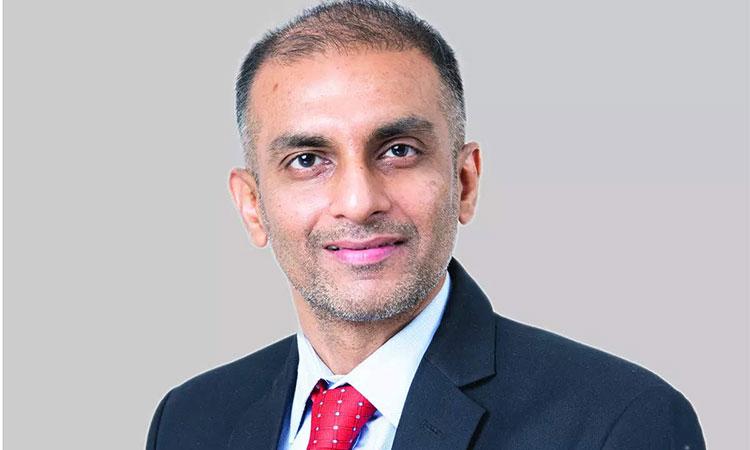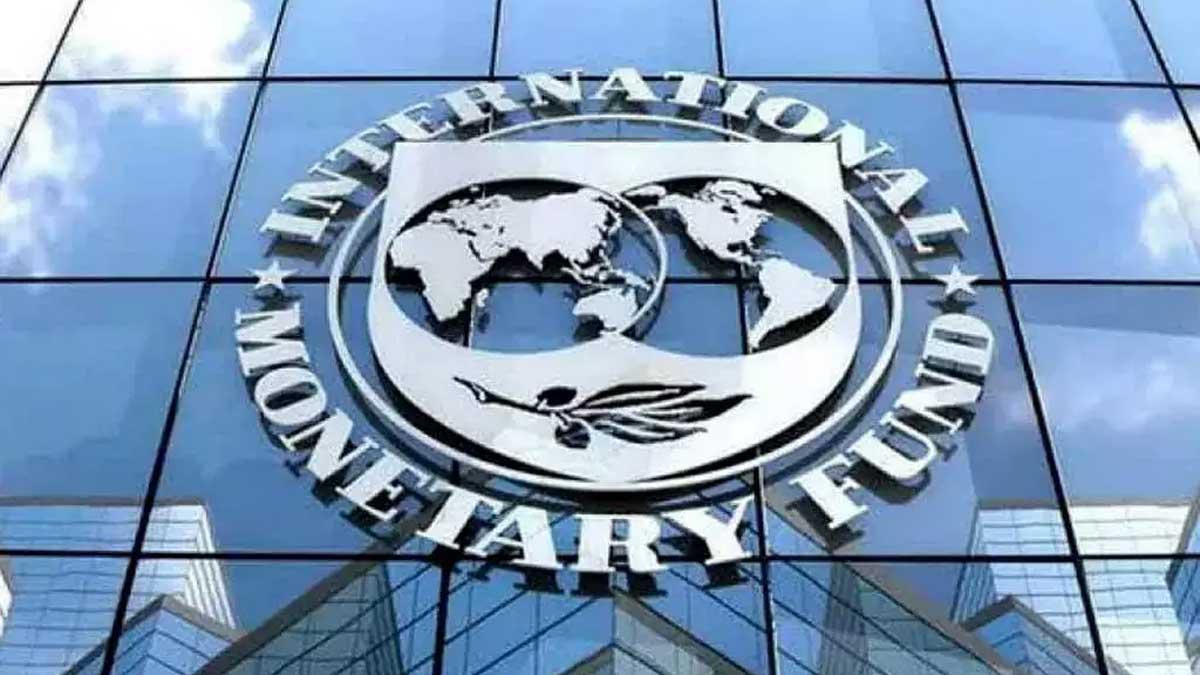The Central governments decision to issue composite insurance licences (insurers who can sell both life and general insurance policies) may increase a potential for merger and acquisition (M&A) activity in the sector, said a senior official of HDFC Life Insurance Company.
He also said the proposed regulation on composite licences may result in expanding business lines for insurers.
"HDFC Life completed the merger with Exide life in 2022. We do believe that there is enough growth potential in life insurance sector to grow both organically as well as inorganically," Niraj Shah, Chief Financial Officer (CFO), told IANS in an interview looking back at 2022 and looking forward to 2023.
Here are the excerpts from the interview:
Q: Looking back at 2022 for the life insurance sector -- the high and low points for the sector and also for your company. What is the industry trend you saw during the year? How did your company respond to that?
A: The life insurance industry in India continued to clock double-digit growth amidst a challenging macro-environment. During the Covid-19 period, the Indian private life insurance sector has grown at a two year CAGR of 14 per cent. Considering the fact that large life insurers in the Asia Pacific region experienced de-growth in both top-line as well as value of new business, this was a commendable performance.
Also read |Musk says open to buying Substack to take on corporate media
We, at HDFC Life, feel privileged to have played our part, delivering a two year CAGR of 17 per cent in top-line, 18 per cent in value of new business and about 150 basis points (bps) expansion in new business margin between FY20 and FY22. This was possible on the back of continued product innovation, diversified distribution, balanced product mix, focus on technology and a calibrated risk management approach.
HDFC Life completed the first ever merger and acquisition (M&A) transaction in the Indian life insurance sector. The entire transaction of Exide Life merging into HDFC Life was completed in less than 14 months.
For the industry, the opportunity that lies ahead is huge, especially in terms of addressing the individual protection opportunity in a calibrated manner and increasing the customer base.
The year has also seen a slew of regulatory changes enacted and proposed by the Insurance Regulatory and Development Authority of India (IRDAI) and Ministry of Finance. We believe these are for the betterment of the industry and will pave the way for future development.
Q: How Covid-19 has it impacted the sector and your company?
A: We see greater customer interest in life insurance policies, with the concept of human life value gaining relevance and an increasing adoption of digital services by customers. The pandemic has impacted lives across the world. For the insurance sector, it has been a test of resilience and agility to adapt to the ever evolving situation.
At HDFC Life, our early investment in technology enabled us to smoothly transition traditional touch-points to digital modes during the pandemic, ensuring safety of our customers, employees and partners and minimising business impact. Our digital capabilities enabled us to service existing customers, promptly settle claims and generate new business without in person interactions in the early phase of the pandemic.
Also read |Smuggling of US dollars to Afghanistan hurting Pakistan's economy
With the severity of Covid-19 infections having waned, the sector has returned to normalised mortality experience.
The key lessons learnt -- need for maintaining a balanced product mix, diversification in distribution and adherence to a comprehensive risk management framework.
Q: What are major regulatory measures taken during 2022? Your views on the proposed amendments to the insurance laws.
A: We are excited about the growth prospects of the industry, on the back of renewed support and encouragement from the regulator. We are enthused by the regulator's vision of improving the global ranking of Indian life insurance from its current 10th position to number 6 and look forward to being a meaningful contributor in this journey.
There are multiple regulatory changes proposed by the IRDAI that are aimed at increasing insurance penetration and facilitating sustainable growth of the industry and ease of doing business. These changes are being made keeping in mind the interests of all stakeholders and particularly the policyholders who remain the priority in the various measures undertaken.
The relaxations provided by the regulator with respect to allowing certain categories of products to be launched through the use and file approach, relaxation in solvency requirement for certain segments, dematerialisation of insurance policies and allowing insurance companies to raise alternative investments like subordinated debt and preference shares with higher limits without seeking prior approval of the regulator are welcome changes.
The proposed regulations on expenses of management provide more flexibility to insurance companies to manage their expenses and profitability while staying competitive in the market.
The IRDAI is now targeting to leverage technology, community-centric distribution partners and simplicity of the products to ensure universal coverage through the trinity of Bima Sugam (a one-stop portal for all consumers), Bima Vahak (women agents in rural areas) and Bima Vistaar (aimed at parametric insurance to cover even natural calamities). Bima Sugam can be a game changer in the insurance sector by providing a one-stop platform for multiple services including the sale of policy, renewal and settlement of claims.
We also welcome the recommended changes by the Central government and believe that it is important from the perspective of overall development of the sector.
Another key change proposed is allowing insurance companies to distribute other financial services products. This has also been an ask from HDFC Life and would give the industry the ability to earn fee income by leveraging our existing distribution architecture to offer a one stop solution to customers.
Q: On mergers and acquisitions in the sector. Do you think mergers and acquisitions would accelerate next fiscal?
A: HDFC Life completed the merger with Exide life in 2022. We do believe that there is enough growth potential in the life insurance sector to grow both organically as well as inorganically. The proposed regulation on composite licences may result in expanding business lines for insurers and a potential increase in M&A activity.
Q: Looking forward to the next fiscal, your views on how FY 2023-24 would pan out?
A: We are closely tracking the inflationary environment across the globe and consequent interest rate movements thereby potentially impacting consumption and purchase of long term protection products in the short run. Over a medium to long term, life-stage products such as annuity and protection are relatively insulated from such factors.
We believe that the life insurance industry is well positioned to address the multi-decade opportunities of protection, retirement and long term savings. We expect the industry to grow faster than nominal GDP and our endeavour at HDFC Life would be to grow faster than the industry, as we have in the past.


















